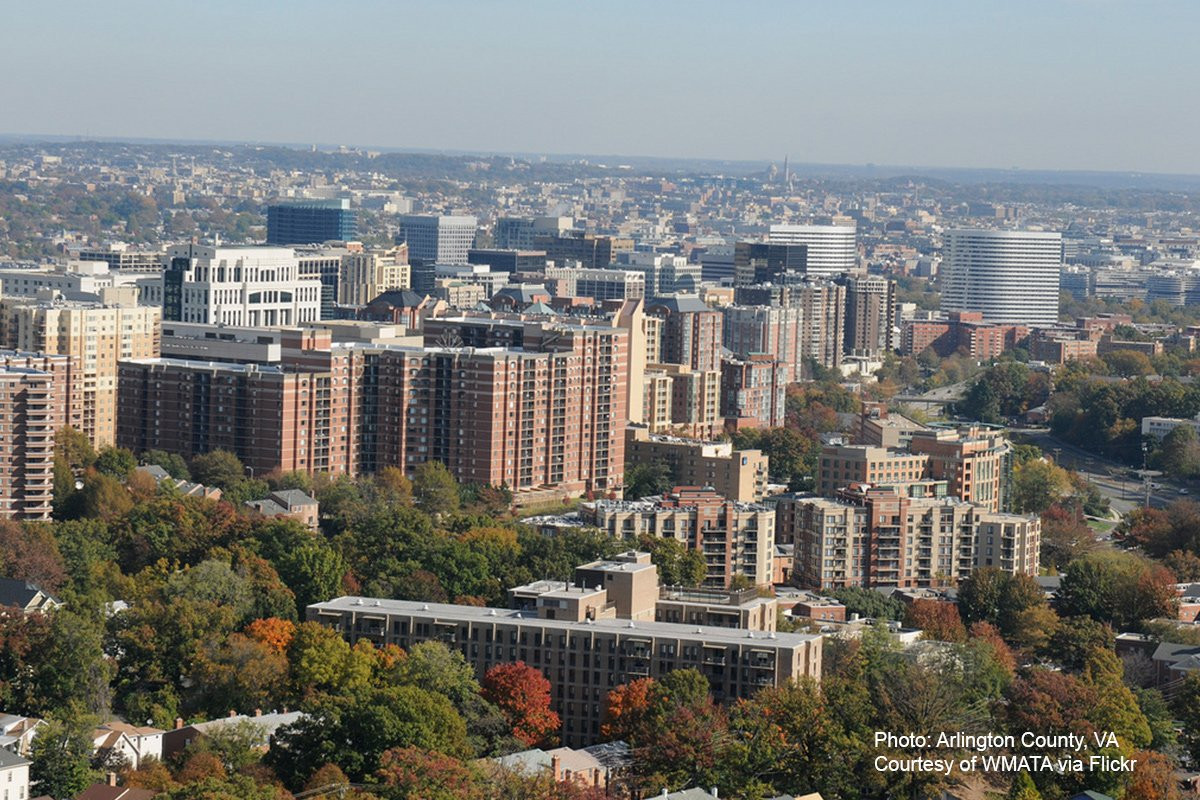In Northern Virginia, a New Report Reveals Stark Disparities in Opportunity

Northern Virginia is one the nation’s wealthiest regions, where residents of some neighborhoods command enviable salaries, live in spacious, well-kept homes, and educate their children at the best private schools.
Yet, only a few blocks away from some of these tony communities, many people struggle to get ahead, burdened by high housing costs that consume too much of their meager paychecks, unable to afford health insurance, and held back by low levels of education.
A new report, Getting Ahead: The Uneven Opportunity Landscape in Northern Virginia, identifies 15 “islands of disadvantage,” where residents face multiple, serious challenges, interspersed among some of the region’s wealthiest communities.
The Virginia Commonwealth University (VCU) Center on Society and Health produced the report for the Northern Virginia Health Foundation (NVHF). It covers Alexandria, Arlington County, Fairfax County, Loudoun County, and Prince William County—as well as cities within the region.
The report is the first of its kind to delve deeply—at the census tract level—into a wide range of social and economic factors that shape Northern Virginians’ health and their opportunities for a prosperous and successful future. It reveals large disparities in income, education, employment, housing, health care and transportation, sometimes between communities that are virtually adjacent to each other.
These disparities disproportionately affect people of color.
One severely disadvantaged and largely Hispanic tract, near Bailey’s Crossroads in Fairfax County, is only blocks away from the wealthy Lake Barcroft neighborhood. No other census tract ranked poorly on so many measures of disadvantage. One-third of children lived in poverty. Only 14 percent of adults had completed college. Few people owned homes, the median rent was $1,374 per month, and 30 percent of renters spent more than half their incomes on rent. More than half of residents lacked health insurance. Only 28 percent had a car and 35 percent relied on public transportation to get to work.
This is not an isolated example. High-income neighborhoods in Alexandria’s historic Old Town—where the average home value in one census tract was $935,000—were blocks away from low-income tracts to the immediate north and south. The poverty rate in one nearby census tract was 23 percent and 58 percent of the children lived in poverty.
Solutions, according to NVHF President Patricia N. Mathews, will require working across sectors—including education, economic development, health care, and public transportation—to reduce disparities and create opportunity for everyone in Northern Virginia.
Mathews is convinced it can be done. It will, however, take leadership, compassion, and a commitment to investing in communities that have been overlooked for far too long.